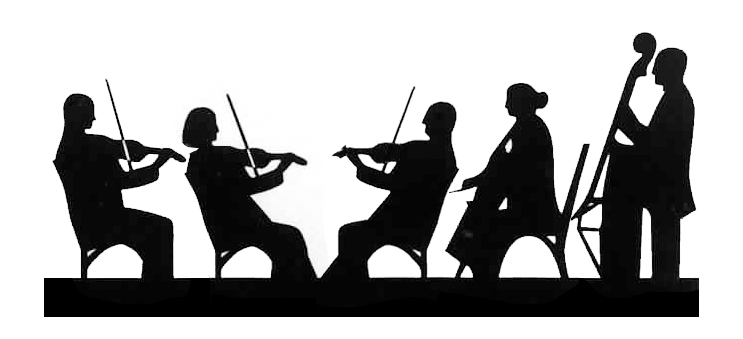

Form is the foundation of all music. It can be found in a 32-bar standard song, such as in much popular music, a 12-bar blues phrase, a symphony, or a concerto. The form, or design layout, gives direction and purpose for the composer to organize the music, the artist to interpret, and the listener to follow. The concerto is generally divided into three contrasting sections (known as “movements”) of fast-slow-fast tempos.
The concerto distinguishes itself from other forms by its special challenge to the solo performer. The concerto's purpose must, above all else, be good music. But after that it is a medium to showcase the technical expertise (virtuosity) of the soloist and individuality of the instrument in contrast to the orchestra. In some cases, a group of musicians are the soloists, as found in a concerto grosso. The solo instrument might be a piano, violin, flute, oboe, or a percussion setup. In short, the solo instrument can be anything from a guitar to a manual typewriter.
The concerto soloist represents the jock in classical music— but an artistic one. This analogy can be seen by comparing dance to gymnastic floor routines. Dancers have become increasingly athletic in approach and appeal, and gymnasts have become more artistic and musically oriented. In this context, it might be easier to appreciate the complexity of the music, as presented in the concerto, while admiring the virtuosity of the musician.
In the classical world of music, there are those musicians who are gifted beyond the others. These usually become the concert artists, the soloists. While this is true in other styles of music, in the classical realm, the concert soloists eventually make their entire career by traveling to play with new orchestras and conductors for every performance. These gifted artists most often play music from a standard repertory. Thus, they can be compared to other soloists by their agility, musicality, and interpretation. Some well-known music for these soloists is Tchaikovsky's Piano Concerto No. 1, and Gershwin's Rhapsody in Blue.
Regrettably, the need to be compared and thus evaluated and judged for the expertise by performing the standard repertory—meaning older, and not contemporary music composed by composers still alive and still producing works of art—minimizes the support for living composers and the opportunity to further the development of this art form and music in general.
the Music Master
